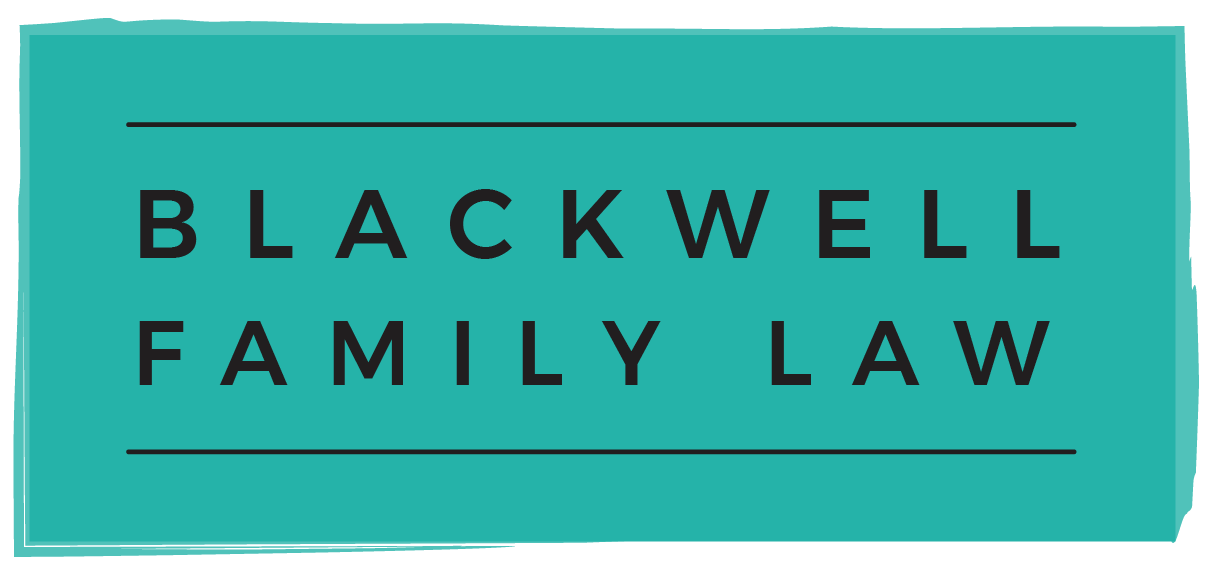10 Tips for a Trial Separation
2020 was a tough year on everyone and 2021 certainly isn’t giving us an easy ride so far. If you and your spouse are “taking a break” to figure things out, consider these 10 tips to help you get back to a better relationship or to help you move toward a successful long-term separation.
1. Take care of yourself.
Take time to take care of your physical and mental health. The #BellLetsTalk campaign has great links to self-help and professional supports at https://letstalk.bell.ca/en/ways-to-help . Remember that when you take care of yourself, you are also more able to care for your relationships with your spouse, family and friends.
2. Communication is key.
Whether you work things out or not, you are going to have to continue to communicate. Take the time now to consider how to improve that communication. There are lots of excellent resources online. Or, if you want more guidance, a family and marriage therapist, social worker or family lawyer can recommend some for you.
3. Confirm temporary decision-making for children.
Ontario law says that if a parent moves out without their children or agrees to the other parent doing so, the right of the parent who is not residing with the children is to make major parenting decisions is suspended until a court order or agreement provides otherwise. Avoid this unintended consequence by confirming in writing that both parents will continue to be involved in making major decisions affecting the children, at least on a temporary without prejudice basis.
4. Spend time with your children.
You might need a break from your kids as well as your spouse, but remember that what you do now can set up a new status quo which may last much longer than expected. Make sure that you continue to spend quality and quantity time with your children. Use technology to stay connected when in-person contact isn’t possible. Check out the free Parenting Plan Guide at https://afccontario.ca/parenting-plan-guide-and-template/ for age-appropriate ideas.
5. Consider “nesting”.
This isn’t the nesting you did before your kids were born. A “nesting arrangement” during separation is when spouses take turns in the home on their own. When there are children, the kids stay in the house and the parents take turns at home to give each other some space. You can have a nesting arrangement with everyone still living at home and one parent staying distant during their “off” time. Or, each spouse can actually stay elsewhere for their days and nights away. Remember that during Covid-19 all public health protocols must be followed and that you need to let your spouse know where you are staying when you are not at home.
6. Be careful with gifts and loans you receive.
What you do with financial gifts and loans from family members or other third parties received during marriage can have a big impact on the financial settlement after separation. Get advice from a family lawyer, particularly if you are thinking about investing the money in your family home.
7. Share financial information.
If you aren’t sharing that information yet, now is a good time to start. Financial stress is one of the leading causes of relationship breakdown. Separated spouses are required to share complete financial information with each other. So, if you do hide financial information, you will harm the trust needed to make a relationship work if you get back together and you will destroy your credibility and your case if you do separate. Connect with a financial professional familiar with family law issues. If you don’t know of someone, see https://collaborativepracticetoronto.com/ or https://www.fdrio.ca/members/?filter_areas-practice_1fda0=Finance .
8. Continue the financial plan on a “without prejudice” basis.
Pay what you have been paying on a without prejudice basis. Your financial obligations continue whether or not you separate. If you do separate on a permanent basis, there can be an accounting of who paid what from the separation date onward to make sure that everyone actually paid their fair share. Make sure the bills are paid now and figure that out later. Keep records of what you pay and statements that show the balance on any accounts.
9. Get professional advice.
Separation has a significant impact on some legal rights and obligations. Check with reliable online resources like Community Legal Education Ontario www.cleo.on.ca and a lawyer to make sure you understand how separation affects you. Many lawyers offer limited scope consultations at reasonable rates. See www.familylawlss.ca for more information.
10. Don’t be afraid to try reconciliation.
You never know, it might just work! You can find listings for certified marriage and family therapists at https://oamft.com/ . If it doesn’t work out your separation date will be when you initially separated, unless you reconcile for more than 90 days.

